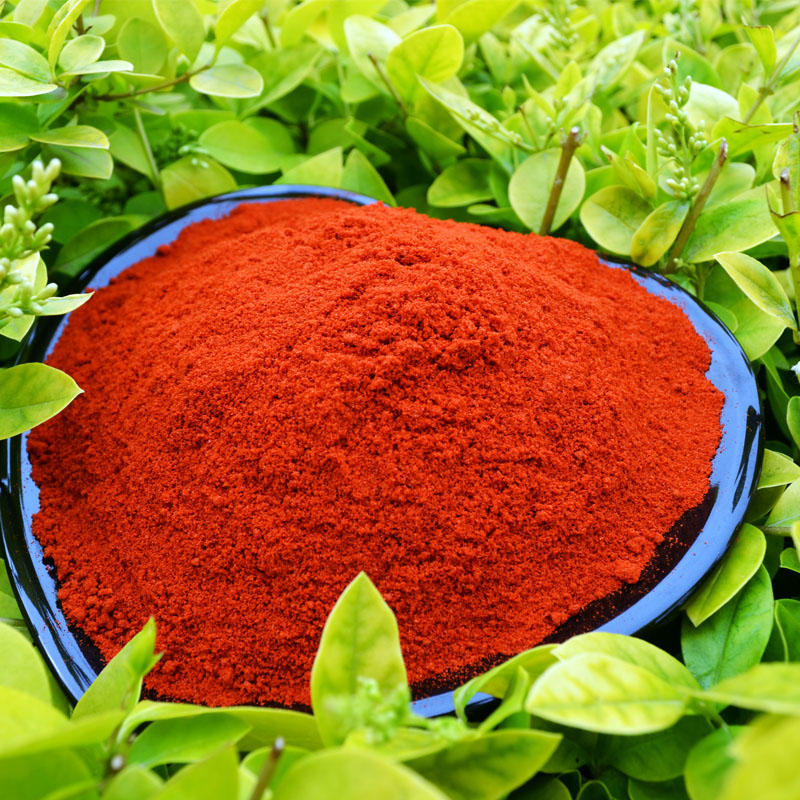- No. 268 Xianghe Street, Economic Development Zone of Xingtai city, Hebei 054001 China
- Byron@hbhongri.cn
Chinese Chilli Powder – Authentic Heat, Freshly Ground Spice
The Insider’s Guide to chinese chilli powder: Specs, Sourcing, and Real-World Use
I’ve spent a good chunk of my career tasting, testing, and frankly obsessing over spice supply chains. If you’re building a product that lives or dies by heat and color, chinese chilli powder is one of those quiet heroes. Harvested, cleaned, ground, and verified—when it’s done right, you can smell the sweetness before the burn. Hongri Spice, operating out of No. 268 Xianghe Street, Economic Development Zone of Xingtai city, Hebei 054001 China, is one of the more disciplined producers I’ve audited.

What’s Trending
Two big currents: cleaner labels and measurable consistency. Buyers want steam-sterilized lots, pesticide transparency, and SHU verified by HPLC. Also, finer meshes for snack dusting and plant-based meats. It sounds niche, but it’s exploding in R&D kitchens, especially for ready-to-eat meals and meal kits.
Product Snapshot & Specs
This chinese chilli powder shows a clean, warm aroma; color sits in the bright red to deep brick range depending on blend. Many customers say it tastes “fresh” rather than roasted—likely the low-temp milling.
| Attribute | Spec (≈ / real-world may vary) |
|---|---|
| Heat (SHU) | 3,000–30,000 (HPLC; batch-adjusted blends) |
| ASTA Color | 80–160 ASTA |
| Moisture | ≤ 12% |
| Mesh Size Options | 40–80 mesh standard; 100 mesh on request |
| Sterilization | Steam (default); irradiation/ETO only if specified |
| Additives | None by default; anti-caking optional per GB/US regs |
| Shelf Life | 24 months sealed, cool/dry, away from light |
| Pack Formats | 25 kg lined bags; 1–5 kg foodservice packs |

Process Flow (How It’s Made)
Materials: sun-dried Capsicum annuum pods (blend depends on target SHU/ASTA). Methods: optical sorting → destemming → metal detection → low-temp grinding → sieving → blending → steam sterilization → final metal check → nitrogen flush (optional). Testing: SHU by HPLC (AOAC 995.03), ASTA color, moisture (oven), microbiology (ISO 4833-1), Salmonella absent/25 g, aflatoxin (ISO 16050), pesticide residues per GB 2763. Industries: sauces, snack seasoning, ready meals, plant-based meats, caterers. Service life is typically 24 months; to be honest, color holds best in cool storage.
Applications & Advantages
- Global kitchen staples: soups, tacos, enchiladas, fajitas, curries, chili con carne, marinades.
- R&D: fine-mesh dusting for snacks; oil-infusion for chili oils; rubs for meat.
- Advantages: stable color, dialed-in heat, clean label, good flow. Surprisingly, the 100-mesh cut performs brilliantly in ramen sachets.
Certifications & Typical Test Data
Certs: ISO 22000, HACCP, Halal, Kosher; BRCGS at facility level (verify current scope). Batch example HR-2402: Moisture 9.4%; ASTA 125; SHU 12,000 ±10%; APC <1×104 CFU/g; Yeasts/Molds <1×103 CFU/g; Salmonella not detected/25 g; heavy metals within GB 2762 limits.

Vendor Comparison (at a glance)
| Vendor | Certifications | Heat Range | Mesh | Lead Time | Notes |
|---|---|---|---|---|---|
| Hongri Spice (Hebei) | ISO 22000, HACCP, Halal, Kosher | 3k–30k SHU | 40–100 | 10–20 days ≈ | Steam-sterilized; tight color control |
| Factory A (Shandong) | HACCP, Halal | 5k–25k | 40–80 | 15–30 days ≈ | Irradiation available; color varies |
| Broker B (Export) | Per supplier | Varies | Crushed–80 | Stock-dependent | Convenient MOQ; traceability mixed |
Customization & Case Notes
Custom options include heat-targeted blends, 100-mesh fine grind, smoked or toasted profiles, and anti-caking within regs. One EU snack maker shifted to fine-mesh chinese chilli powder and reported 12% seasoning adherence improvement and a 30% reduction in color-related rejects. Another ramen brand used a 100-mesh cut for sachets—clean pour, no clumps. It seems that low moisture really pays off here.
How to Evaluate a Lot
- Ask for COA with HPLC SHU and ASTA; check micro and Salmonella absence/25 g.
- Run a small pilot in your sauce or snack line; heat can feel stronger in oil phases.
- Confirm sterilization method and mesh; color can shift with over-roasting—avoid it.
Citations:
- Codex Alimentarius: Standard for Spices and Culinary Herbs (CXS 328-2019).
- ASTA Analytical Methods for Spices (color/quality parameters).
- AOAC 995.03: Capsaicinoids in Capsicums by HPLC.
- ISO 22000:2018 Food Safety Management; ISO 4833-1 Microbiology of food chain.
- GB 2762-2022: National food safety standard—limits of contaminants in foods.
-
Capsicum frutescens oleoresin – High Purity, Food GradeNewsNov.17,2025
-
Capsicum Frutescens Oleoresin – Natural Heat & FlavorNewsNov.17,2025
-
Peppereka Powder – Fresh, Vibrant Color & Sweet AromaNewsNov.17,2025
-
Paprika Oleoresin | Natural Red Color, Heat & Flavor BoostNewsNov.17,2025
-
Pure Turmeric Extract 95% Curcumin | Potent, Lab-TestedNewsNov.17,2025
-
Red Papper Pods – Premium Sun-Dried, Bold Heat & AromaNewsNov.10,2025







